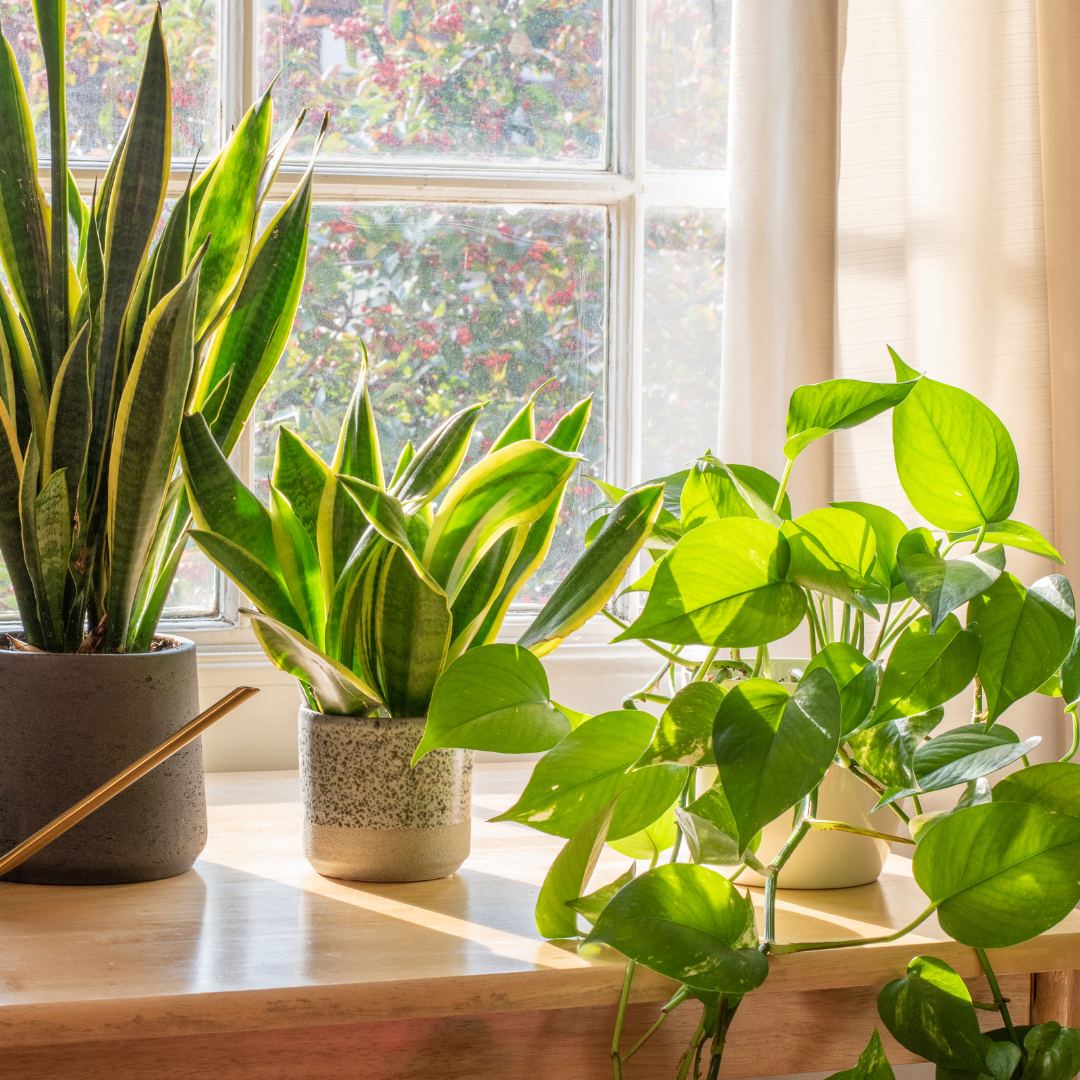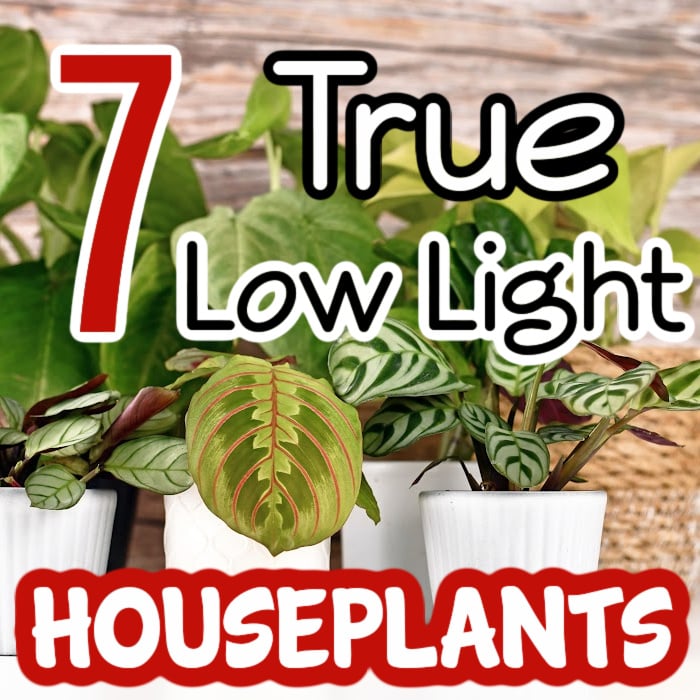Enhance Your Home Décor with the Best Low-Light Indoor Plants
Transform Your Home With Beautiful Low-Light Indoor Plants and Their Benefits
Including low-light interior plants right into your home can considerably enhance both the environmental and aesthetic quality of your home. These plants, which grow in dark problems, serve not only as ornamental aspects yet also as natural air cleansers, making them ideal for metropolitan occupants or those with minimal sunshine direct exposure. As we discover the numerous sorts of low-light plants and their benefits, you may discover unusual methods to integrate them into your home that can transform your surroundings in methods you may not have actually prepared for.
Benefits of Low-Light Plants
Low-light plants offer numerous advantages for indoor environments, making them an outstanding option for both beginner and knowledgeable garden enthusiasts. Among the primary advantages is their versatility to low-light conditions, permitting individuals to boost their home without the need for comprehensive sunshine exposure. This characteristic makes them ideal for apartments, workplaces, and other locations with limited all-natural light.

Furthermore, including low-light plants into home decoration can boost the aesthetic charm of a room. Their lush foliage and differed textures produce a calming ambience, adding to general health. The visibility of greenery has been connected to lowered anxiety levels and enhanced performance, making low-light plants a sensible selection for boosting both psychological and physical health in interior settings.
Leading Low-Light Indoor Plants
While lots of indoor plants flourish in intense light, several types are specifically well-suited for low-light conditions, making them ideal for different interior rooms. One prominent selection is the Serpent Plant (Sansevieria), known for its striking upright leaves and strength, requiring very little treatment. Another outstanding alternative is the Pothos (Epipremnum aureum), which features heart-shaped leaves and can track beautifully from wall mounts or racks, thriving in low light and adding a rich touch.
The ZZ Plant (Zamioculcas zamiifolia) is commemorated for its shiny leaves and ability to stand up to forget, making it perfect for hectic way of livings. The Peace Lily (Spathiphyllum) not only tolerates low light but likewise creates spectacular white flowers, improving any kind of area's visual.
For an unique touch, consider the Cast Iron Plant (Aspidistra elatior), which indeed lives up to its name, flourishing in the darkest edges of your home. Finally, the Chinese Evergreen (Aglaonema) supplies a range of fallen leave patterns and shades while being remarkably forgiving in low-light problems. These plants not just enhance indoor environments yet additionally add to air purification, boosting your home.
Treatment Tips for Low-Light Plants

Sprinkling methods are crucial; these plants usually choose a little dry problems. Overwatering can bring about root rot, so guarantee that the leading inch of soil is dry prior to watering once again. Usage pots with drainage holes to permit excess moisture to get away.
Moisture is another crucial variable. Numerous low-light plants, such as brushes and peace lilies, take advantage of higher moisture degrees. To enhance moisture, take into consideration misting the leaves or putting a tray of water near the plants.
Fertilizing should be come close to with care. During the growing period, make use of a watered down, well balanced fluid fertilizer each month to support development, yet prevent feeding throughout the dormant cold weather.

Creative Ways to Show Plants
Indoor plants can work as exciting prime focus in any room, improving both check out here visual charm and ambiance. Innovative display screens can elevate the aesthetic impact of low-light plants, making them an important part of your home decoration. One effective method is to use tiered plant stands, which permit you to display numerous plants at varying heights while taking full advantage of flooring space.
Hanging planters are one more cutting-edge option, developing a feeling of depth and drawing the eye upward. Consider macramé wall mounts or wall-mounted racks to present an one-of-a-kind structure and style.
For a much more structured technique, Your Domain Name use geometric terrariums or glass containers to house your plants, adding a contemporary touch to your interior yard. You can additionally repurpose classic things, such as teacups or wood dog crates, for an eclectic display screen that reflects your individuality.
Enhancing Home Atmosphere With Plants
Incorporating low-light plants right into your home not only boosts visual charm however also adds significantly to the total setting. These plants work as natural decoration components, presenting a sense of tranquility that can transform any kind of area. The visibility of plant promotes a calming environment, which is especially advantageous in high-stress environments such as office or living rooms.
Low-light plants, such as serpent plants, pothos, and ZZ plants, are not just visually pleasing but likewise improve indoor air top quality by filtering system contaminants. This dual function improves the ambiance additionally, developing a much healthier living room (Best low-light indoor plants). The tactical positioning of these plants can likewise influence the perception of area; for example, high plants can attract the eye upwards, making ceilings show up greater and areas more roomy
Moreover, varying textures and colors of foliage add deepness to interior decoration, permitting creative expression in home styling. Whether put on racks, in corners, or as centerpieces, low-light plants can raise the state of mind of any room. In summary, integrating these plants right into your home is an effective way to promote a cozy, try this web-site inviting environment while enjoying the advantages of boosted air top quality and aesthetic flexibility.
Final Thought
Integrating low-light indoor plants right into home settings uses countless benefits, including improved aesthetic allure and improved air high quality. These resistant plants, such as the Serpent Plant and Peace Lily, require very little light and maintenance, making them appropriate for varied way of livings.
While several interior plants grow in bright light, numerous types are specifically fit for low-light problems, making them suitable for numerous indoor areas. One effective approach is to utilize tiered plant stands, which enable you to showcase several plants at varying heights while optimizing flooring space.
Low-light plants, such as serpent plants, pothos, and ZZ plants, are not only aesthetically pleasing yet additionally boost indoor air top quality by filtering toxins. Best low-light indoor plants. The strategic positioning of these plants can likewise affect the understanding of space; for circumstances, high plants can draw the eye upwards, making ceilings show up greater and spaces much more sizable
These resistant plants, such as the Snake Plant and Tranquility Lily, call for very little light and upkeep, making them appropriate for diverse way of livings.